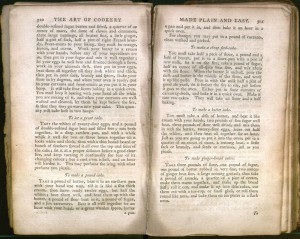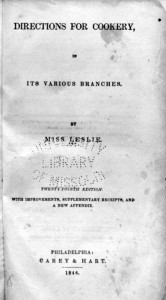 Don't miss the Food Sense symposium this weekend! This is our last Friday Food post. Eliza Leslie (1787–1858) aspired to be a poet or novelist, but she is best remembered today for her cookbooks. In 1828, Leslie published her first book, Seventy-Five Receipts for Pastry, Cakes and Sweetmeats, a collection of recipes she had developed as a cooking school student. Encouraged by its popularity, she went on to publish at least six more titles and established a reputation as the most popular and influential food writer in America. Directions for Cookery (1837) is considered her most important work.
Don't miss the Food Sense symposium this weekend! This is our last Friday Food post. Eliza Leslie (1787–1858) aspired to be a poet or novelist, but she is best remembered today for her cookbooks. In 1828, Leslie published her first book, Seventy-Five Receipts for Pastry, Cakes and Sweetmeats, a collection of recipes she had developed as a cooking school student. Encouraged by its popularity, she went on to publish at least six more titles and established a reputation as the most popular and influential food writer in America. Directions for Cookery (1837) is considered her most important work.
Leslie was famous for popularizing distinctly American foods, as the following recipe from Directions for Cookery shows. Her Indian Meal Book (1846) was the first cookbook devoted entirely to corn.
Green Corn Pudding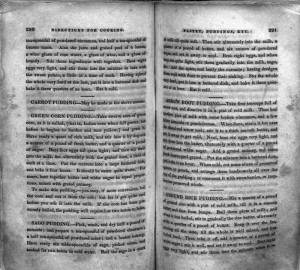
Take twelve ears of green corn, as it is called, (that is, Indian corn when full grown, but before it begins to harden and turn yellow,) and grate it. Have ready a quart of rich milk, and stir into it by degrees a quarter of a pound of fresh butter, and a quarter of a pound of sugar. Beat four eggs till quite light; and then stir them into the milk, &c. alternately with the grated corn, a little of each at a time. Put the mixture into a large buttered dish, and bake it four hours. It may be eaten either warm or cold, for sauce, beat together butter and white sugar in equal proportions, mixed with grated nutmeg.
To make this pudding,—you may, if more convenient, boil the corn and cut it from the cob; but let it get quite cold before you stir it into the milk. If the corn has been previously boiled, the pudding will require but two hours to bake.
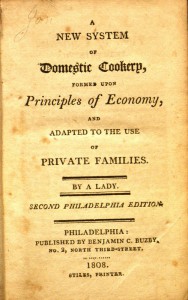 Maria Eliza Rundell (1745–1828) didn’t set out to be a domestic goddess. The widow of a surgeon, she collected recipes and household hints for her three married daughters. John Murray, a prominent publisher, happened to be a family friend, and Rundell gave him her recipe collection as a favor, expecting no financial reimbursement.
Maria Eliza Rundell (1745–1828) didn’t set out to be a domestic goddess. The widow of a surgeon, she collected recipes and household hints for her three married daughters. John Murray, a prominent publisher, happened to be a family friend, and Rundell gave him her recipe collection as a favor, expecting no financial reimbursement.



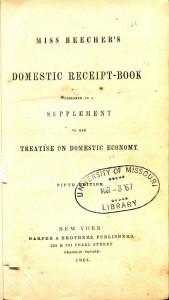 Catharine Beecher (1800-1878), the sister of the abolitionist Harriet Beecher Stowe, was an early feminist and advocate of women’s education. Beecher was at the forefront of the home economics movement in the nineteenth century. She sought to increase the status of traditional women’s work such as cooking and childcare, arguing for its value to society and the need for female education to inform this work.
Catharine Beecher (1800-1878), the sister of the abolitionist Harriet Beecher Stowe, was an early feminist and advocate of women’s education. Beecher was at the forefront of the home economics movement in the nineteenth century. She sought to increase the status of traditional women’s work such as cooking and childcare, arguing for its value to society and the need for female education to inform this work.
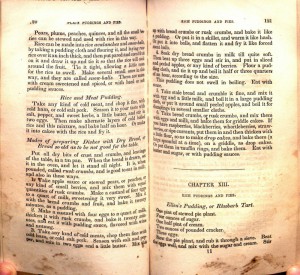
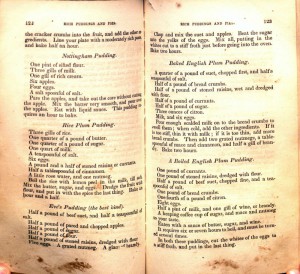
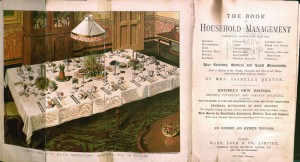 As the oldest girl in a family of twenty-one children, Isabella Mayson (1836–1865) had ample practice in the domestic arts by the time she married Samuel Beeton at the age of 20. Samuel was an innovative editor and publisher, and Isabella participated fully in his publishing business, putting her domestic skills to work as editor of the English Woman's Domestic Magazine. The year after her marriage, Isabella also began work on the monumental compendium of domestic science that is The Book of Household Management. The book was first published it in 1861, when Isabella was only 25, and it was an immediate success due to her attention to accuracy, economy, and taste.
As the oldest girl in a family of twenty-one children, Isabella Mayson (1836–1865) had ample practice in the domestic arts by the time she married Samuel Beeton at the age of 20. Samuel was an innovative editor and publisher, and Isabella participated fully in his publishing business, putting her domestic skills to work as editor of the English Woman's Domestic Magazine. The year after her marriage, Isabella also began work on the monumental compendium of domestic science that is The Book of Household Management. The book was first published it in 1861, when Isabella was only 25, and it was an immediate success due to her attention to accuracy, economy, and taste.
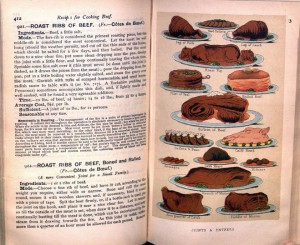
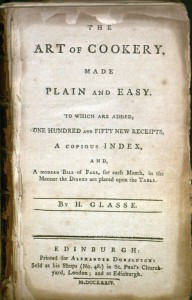 In March,Special Collections, Archives and Rare Books will be participating in
In March,Special Collections, Archives and Rare Books will be participating in 